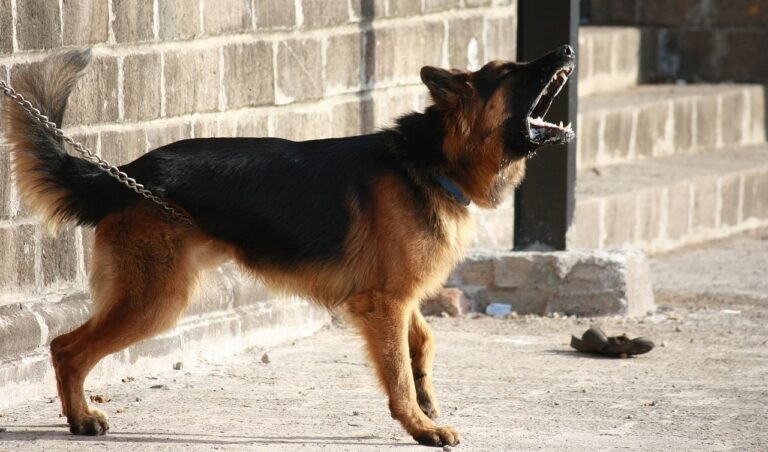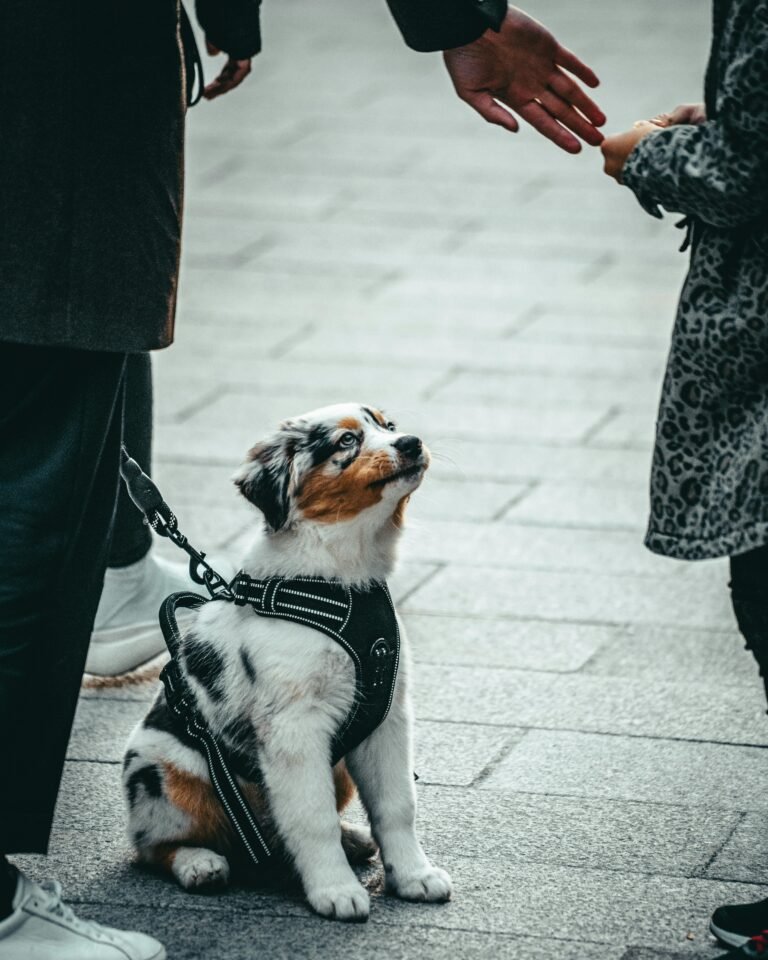Introduction
Does your dog bolt out the door, snatch food off the counter, or jump excitedly on guests? These behaviors may look like disobedience, but they often come from one thing—lack of impulse control. Teaching your dog self-control doesn’t mean suppressing their energy; it means helping them think before they act. Through positive training games, you can channel that excitement into focus and calm decision-making. Let’s explore fun, easy ways to teach your dog patience and self-control at home, in the park, and beyond.
What Is Impulse Control?
Impulse control is a dog’s ability to pause and make good choices—even when they’re excited. Think of it as teaching your dog to hit the “pause button” before reacting. Dogs aren’t born with impulse control; it’s a skill they learn through consistent training and clear boundaries.
Building this skill helps in everyday life—waiting politely for meals, not chasing squirrels, or staying calm when guests arrive. It also strengthens your dog’s trust in you and improves safety in unpredictable situations.
Why It Matters
Impulse control training is about more than good manners—it’s about mental health and safety:
- Reduces anxiety: Dogs who can control impulses are calmer and more confident.
- Prevents accidents: Helps your dog avoid dangerous behaviors like darting into streets or jumping on strangers.
- Improves obedience: Dogs learn to listen even when excited.
- Strengthens focus: Increases their ability to tune in to your cues, even around distractions.
Foundations of Impulse Control
Before you start games, remember three golden rules:
- Patience over punishment: Reward calm behavior instead of scolding excitement.
- Short, fun sessions: Keep training upbeat and under 10 minutes.
- Consistency: Everyone in the household should reinforce the same rules.
Game 1: “Wait for It”
This simple food-based game teaches your dog that waiting patiently earns rewards.
- Hold a treat in your closed hand and present it to your dog.
- If your dog paws, licks, or nudges—stay still and quiet.
- As soon as they stop and pull back, click or say “yes” and open your hand to give the treat.
- Repeat until your dog immediately backs off when the treat appears.
This builds the foundation for polite behavior around food, toys, and people.
Game 2: “Doorway Patience”
Does your dog rush out the door the moment it opens? This game teaches them to wait calmly until released.
- Put your dog on a leash and have them sit near the door.
- Touch the doorknob—if they get up, release the handle and reset the sit.
- Gradually increase by opening the door an inch, then more, only releasing your dog when they stay seated.
- Use a release word like “okay” or “free” before walking through together.
Over time, your dog learns that waiting makes the door open—rushing makes it stay closed.
Game 3: “Leave It” Challenge
Teaching “leave it” is one of the most powerful impulse control commands. It teaches your dog to resist temptation—even when food or toys are right in front of them.
- Place a treat on the floor and cover it with your hand.
- When your dog stops sniffing or pawing, say “leave it,” then give them a different treat from your other hand.
- Gradually uncover the treat as they learn to ignore it.
- Eventually, they’ll look up at you for permission—reward that behavior generously.
This command becomes invaluable for keeping your dog safe on walks or around dropped food.
Game 4: “Settle on Cue”
This teaches your dog to relax in exciting environments—perfect for cafes, visitors, or travel.
- Use a mat or blanket as your dog’s “settle zone.”
- When your dog steps on it, click and treat.
- Gradually reward calmer behaviors—sitting, then lying down, then resting their head.
- Add a cue like “settle” once they consistently relax on the mat.
With repetition, your dog will learn to calm down on cue wherever you are.
Game 5: “Red Light, Green Light”
Turn training into play! This game helps with recall and movement control.
- Let your dog move toward you excitedly.
- Say “stop” or “wait,” then pause motion. Reward if they stop or freeze.
- Say “okay” to release them and encourage movement again.
Alternate between movement and stillness to teach your dog to listen for cues even when excited.
Game 6: “Go to Your Spot”
Great for dogs who get overstimulated by guests or meal prep. You’ll teach them to go to a bed or mat on command and stay there calmly.
- Lead your dog to their bed and reward them for stepping onto it.
- Gradually add duration—click and treat for staying longer each time.
- Add distractions like doorbells or dropped food as they improve.
Eventually, your dog will happily retreat to their spot when life gets busy.
Advanced Challenge: Combine Games
Once your dog understands individual impulse control games, try combining them. For example:
- Ask for “leave it” while practicing “doorway patience.”
- Have them “settle” on a mat while people enter the house.
- Alternate between “red light, green light” and “go to your spot.”
This helps your dog generalize self-control to real-life situations—not just training sessions.
Common Mistakes to Avoid
- Moving too fast: Always make sure your dog masters one step before increasing difficulty.
- Inconsistent cues: Stick with the same words for “wait,” “okay,” and “leave it.”
- Rewarding excitement: Don’t give treats when your dog is whining or jumping—wait for calmness first.
- Lack of practice in real-world settings: Dogs need to practice impulse control around distractions to truly master it.
Why Games Work Better Than Commands
Dogs learn best when training feels like play. Games create positive emotions that strengthen learning and memory. They also help build trust—your dog sees you as a fun, predictable leader rather than a source of restriction. Over time, impulse control becomes automatic because your dog learns that calm behavior makes good things happen.
Conclusion
Impulse control training transforms chaos into calm confidence. Through simple, playful games, you can help your dog think before acting, listen more reliably, and handle excitement gracefully. The key is consistency—reward patience, practice daily, and keep sessions short and enjoyable. A well-balanced dog doesn’t just follow rules—they choose calm behavior because it feels rewarding. With these games, you’ll build both obedience and harmony at home.






